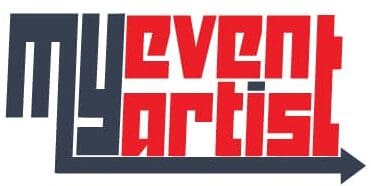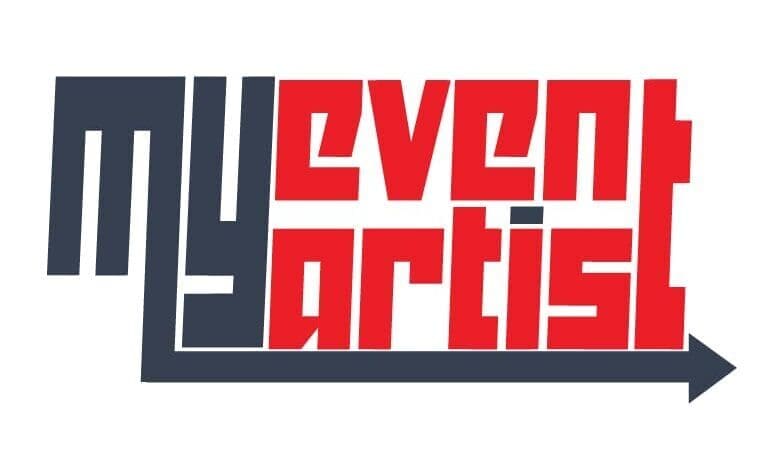Discover the advantages and disadvantages of printing logos in-house versus outsourcing to a professional printing service. This article will help you weigh the factors such as cost, equipment investment, quality control, and time management to determine the best approach for your apparel business.
DIY vs. Outsourcing: Pros and Cons of Printing Your Logo In-House
When it comes to printing your logo on apparel, you have the option to either do it yourself (DIY) or outsource the printing process to a professional print shop. Each approach has its advantages and disadvantages. In this guide, we will explore the pros and cons of printing your logo in-house versus outsourcing to help you make an informed decision for your apparel business.
DIY Printing:
Pros:
- Cost Savings: DIY printing can be more cost-effective, especially for small quantities or when you’re starting your business on a limited budget. You can save on labor costs and potential setup fees associated with outsourcing.
- Control and Flexibility: Printing in-house gives you complete control over the printing process. You can experiment with different techniques, colors, and materials while having the flexibility to adapt quickly to design changes or urgent orders.
- Quick Turnaround: With an in-house setup, you can respond to orders promptly and achieve faster turnaround times, eliminating the need to coordinate with an external print shop.
- Learning Opportunity: Taking on the printing process yourself allows you to gain valuable knowledge and experience in the art of printing. You can develop new skills and understand the intricacies of the printing process, which can be beneficial for your business in the long run.
Cons:
- Equipment and Space Requirements: DIY printing requires upfront investment in equipment, such as a screen printing setup, heat press, or direct-to-garment printer. It also requires dedicated space for equipment, supplies, and storage, which may not be feasible for everyone.
- Learning Curve: Achieving high-quality prints can be challenging, especially if you’re a beginner. Mastering the printing process, from screen preparation to proper curing, takes time and practice. Inconsistent or subpar prints may negatively impact your brand’s reputation.
- Limited Capacity: DIY printing might not be suitable for large-scale or high-volume orders. It can be time-consuming and labor-intensive, limiting your ability to fulfill large orders efficiently. Outsourcing may be more efficient for handling bulk production needs.
Outsourcing Printing:
Pros:
- Professional Expertise: By outsourcing printing to a professional print shop, you benefit from their expertise and experience. They have specialized knowledge, access to advanced equipment, and skilled technicians who can ensure high-quality prints.
- Consistent Quality: Professional print shops invest in top-notch equipment and materials, resulting in consistent and superior print quality. They have refined processes and quality control measures in place to deliver exceptional results.
- Time and Resource Savings: Outsourcing printing allows you to save time and focus on other aspects of your business, such as design, marketing, or sales. You don’t need to invest in equipment, maintain inventory, or worry about production logistics.
- Scalability: Print shops are equipped to handle large orders and high volume production effectively. They have the capacity to meet tight deadlines, ensuring your orders are fulfilled efficiently, especially during peak seasons or promotional campaigns.
Cons:
- Higher Costs: Outsourcing can be more expensive, particularly for small quantities or low-volume orders. Print shops may have minimum order requirements or charge setup fees, potentially impacting your profit margins.
- Less Control: When you outsource, you have limited control over the printing process, including design adjustments or last-minute changes. Communication and coordination with the print shop become crucial to achieving your desired outcome.
- Dependent on External Factors: Outsourcing introduces a level of reliance on the print shop’s performance and delivery timelines. Any delay or error on their end could impact your ability to meet customer expectations or launch time-sensitive campaigns.
- Intellectual Property Concerns: Sharing your logo or designs with a third-party print shop carries the risk of intellectual property infringement or potential design leaks. It’s important to work with reputable print shops that prioritize confidentiality and respect your brand’s proprietary information.
Consider your business’s unique needs, budget, volume of orders, and your desired level of control when deciding between DIY printing or outsourcing. It may be beneficial to start with DIY printing initially and transition to outsourcing as your business grows. Alternatively, you can strike a balance by outsourcing certain types of prints while keeping some in-house. Whichever approach you choose, prioritize quality, customer satisfaction, and the long-term sustainability of your brand.

